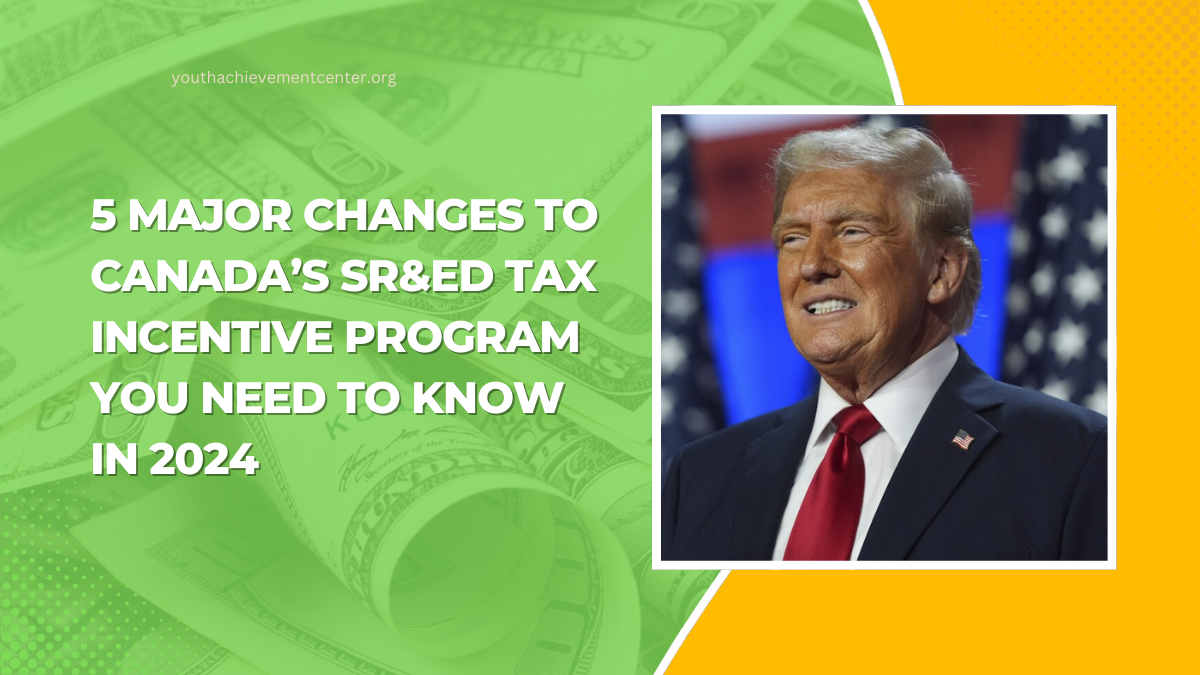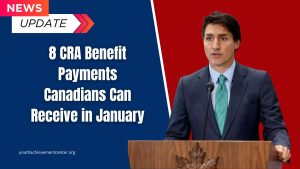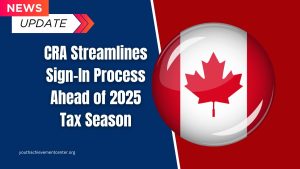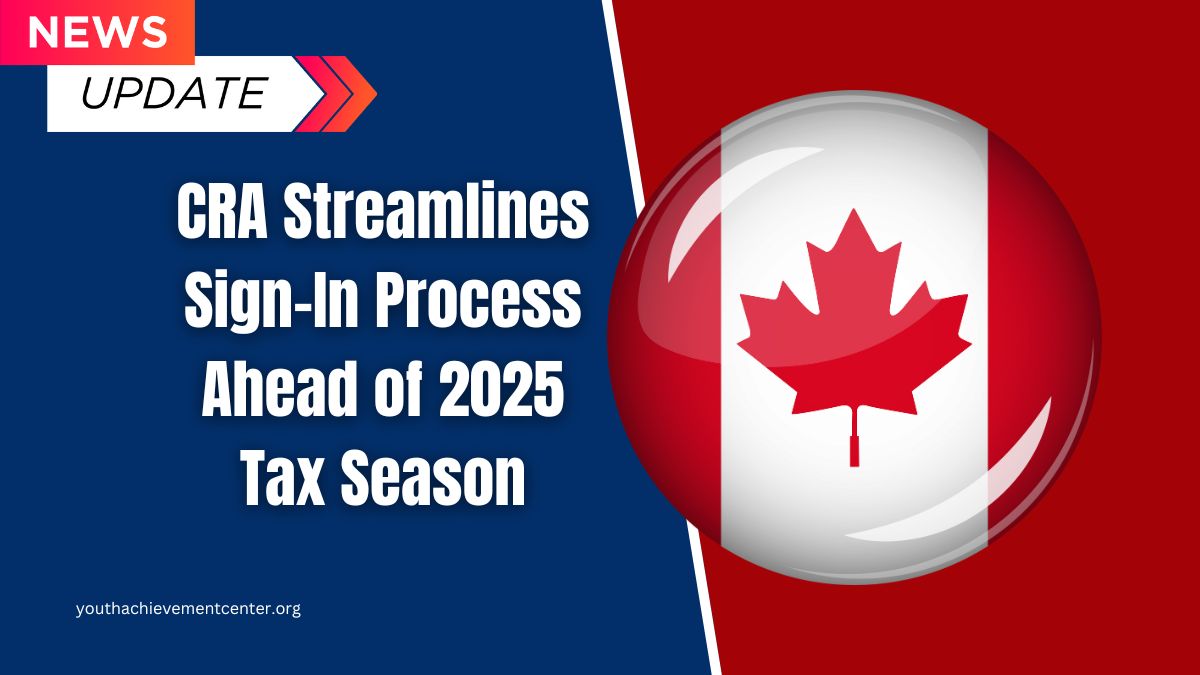The Canadian government is introducing reforms to its Scientific Research and Experimental Development (SR&ED) Tax Incentive Program in 2024.
This initiative aims to support small and medium-sized enterprises, in their research and development (R&D) activities. These changes are expected to drive innovation, encourage more investment in R&D, and fuel economic growth in Canada.
SR&ED Program Enhancements
The SR&ED program has long been a pillar of Canada’s innovation strategy, benefiting over 22,000 businesses.
The upcoming reforms are designed to expand the support offered to businesses of all sizes, with a focus on enhancing tax credits and broadening eligibility criteria.
Increased Expenditure Limits
One of the most significant changes in the 2024 reforms is the increase in the expenditure limit for Canadian-controlled private corporations (CCPCs).
Currently, these businesses can claim a fully refundable tax credit of 35% on up to $3 million of qualified expenditures. This limit will rise to $4.5 million, allowing eligible businesses to claim up to $1.575 million annually in tax credits.
Taxable Capital Phase-Out Adjustments
The taxable capital phase-out thresholds, which determine the expenditure limit for CCPCs, will also be raised. The new thresholds will increase from $10 million and $50 million to $15 million and $75 million, respectively. This change will allow more businesses to qualify for the enhanced tax credit.
Extended Eligibility for Public Corporations
In an effort to include larger businesses in the SR&ED program, the government is extending eligibility for the enhanced 35% refundable tax credit to Canadian public corporations.
These businesses will be able to claim the enhanced credit on up to $4.5 million of qualifying SR&ED expenditures annually.
Restoring Capital Expenditure Eligibility
Another major reform is the restoration of capital expenditure eligibility. Businesses will once again be able to deduct capital expenditures related to SR&ED activities and claim an investment tax credit for such expenses.
The new rules will apply to property acquired after the 2024 Fall Economic Statement and, in the case of lease costs, to amounts payable after the statement’s issuance.
Timeline for Implementation
The reforms will come into effect for taxation years beginning on or after December 16, 2024, with some exceptions. More details will be provided in the 2024 Fall Economic Statement.
| Expenditure Limit Increase | Enhanced Credit Rate | Phase-Out Thresholds | Eligibility for Public Corporations | Capital Expenditure Eligibility |
|---|---|---|---|---|
| From $3M to $4.5M | 35% | From $10M/$50M to $15M/$75M | Extended to $4.5M | Restored for SR&ED-related costs |
| Increased Claim Limit | Annual Tax Credit Cap | New Phase-Out Limits | New eligibility criteria | Applies to newly acquired property |
FAQs
What is the SR&ED program?
The SR&ED program is a Canadian government initiative that offers tax incentives to businesses conducting scientific research and experimental development. It aims to encourage innovation by financially supporting businesses investing in R&D.
Who qualifies for the SR&ED tax incentives?
CCPCs, public corporations, and unincorporated businesses may qualify for the SR&ED tax credits, depending on their R&D expenditures and other eligibility criteria set by the government.
What are the new expenditure limits under the reforms?
The reforms increase the expenditure limit for CCPCs from $3 million to $4.5 million. Public corporations will also be able to claim the enhanced tax credit on up to $4.5 million of qualifying SR&ED expenditures annually.
How will these changes affect small businesses?
Small businesses, particularly CCPCs, will benefit from higher expenditure limits and extended eligibility for enhanced tax credits. These changes aim to foster greater investment in R&D and stimulate innovation.







